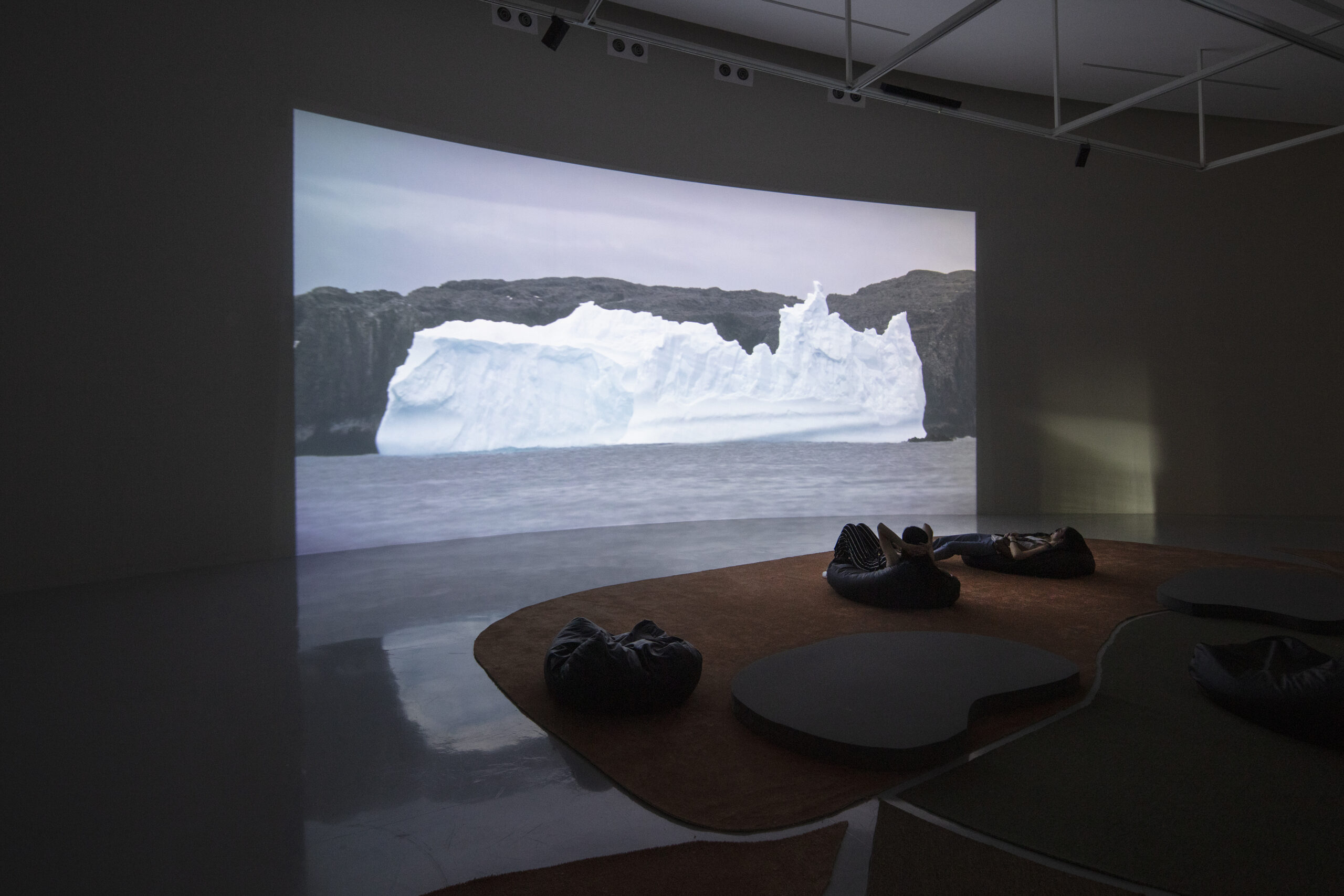Tania Ximena
(Ciudad Sahagún, Hidalgo, México, 1985)
Visual artist and filmmaker whose work emerges from long-term field research in multi-layered territories. She seeks to explore the effect certain natural and climatic phenomena produce in the lives of those who live there. She trained at the “La Esmeralda” national school of painting, sculpture and engraving and studied cinema with director Víctor Gaviria, among others. Recent solo shows in Mexico include Río de Niebla, Río de Adobe, Río de Sangre, at Mexico City’s Ex Teresa Arte Actual, from 2023 to 2024; and Antes del Presente at the same city’s Casa del Lago arts space in 2018. Her work has been featured at collective exhibitions such as La Oficina del Agua at the 2021 itinerant Bienal Sur Argentina iteration; Normal Exceptions at the Museo Jumex, Mexico City, 2021; Parasitage, Ruidos Negros at the Museo de Arte Carrillo Gil, Mexico City, 2021; Years of Solitude at the II Biennale d’Architecture d’Orleans, 2019; among others. Tania Ximena has received grants from the Fundación Jumex, the Programa de Fomento al Cine Mexicano, the Programa BBVA-MACG alongside three Jóvenes Creadores grants from Mexico’s Fondo Nacional para la Cultura y las Artes in 2007, 2010 and 2016. Among other recognitions, her first feature film, POBO TZU-Noche Blanca, from 2021, received a Kaleidoscope award from DOC NYC as well as the Zánate film festival grand prize. She belongs to Mexico’s Sistema Nacional de Creadores de Arte.
La marcha del líquen, 2024
Two-channel video installation (color, sound)
Tabasco 14 min. 57 sec. / Antarctica 14 min. 46 seconds.
Production: Tania Ximena
Editing: Rogelio Díaz
Photography: Antarctica, Tania Ximena; Tabasco, Linda López H. Maldonado
Music: Carlos Edelmiro
Sound design: Joel Arguelles
Direct sound: Antarctica, Tania Ximena; Tabasco, Amanda Grana
Color: Omar Lara
Tabasco text: In collaboration with Esmeralda López Sánchez
Local production Tabasco: Sister María Ester Hernández, Sister Ana Mayo, and Vania Quevedo
The two videos that make up this installation contrast the ecosystems of Antarctica and Tabasco, which, due to the climate crisis, are undergoing transformative chain reactions. In the first video, filmed on King George Island, the greening of Antarctica due to melting ice gives rise to lichen and the white landscape of the pole recedes. The second film focuses on El Bosque, a Tabasco town consumed by the sea in just a few years due to increasing water levels. In the latter, a narration in the Yokot’an language (based on the testimony of Guadalupe Cobos, spokesperson for the El Bosque community) accompanies the viewer on a tour through the Centla swamps with an infrared camera that modifies certain colors, generating an estranged landscape. The artist’s methodology relies on long-term conversation and collaboration with various entities. Such was the case when filming in Antarctica, which involved arduously arranging for international cooperation.
The Programa Antártico Colombiano–PAC (Colombian Antarctic Program), the Comisión Colombiana de los Océanos–CCO (Colombian Commission of the Oceans), Instituto Antártico Uruguayo–IAU (Uruguayan Antarctic Institute), Artigas Base on King George Island, Proyecto Colombiano Arte en la Antártida–PCAA (Colombian Art Project in Antarctica), stimulus from the Sistema de Apoyos a la Creación y Proyectos Culturales–SACPC (Support System for Creative and Cultural Projects), Fundación Jumex Arte Contemporáneo (The Jumex Contemporary Art Foundation), Sony México, Phonolab, and the 15th FEMSA Biennial
* Beneficiary of the Sistema Nacional de Creadores de Art (National Art Creators System) 2023-26, part of the Sistema de Apoyos a la Creación y Proyectos Culturales (Support System for Creative and Cultural Projects).
bienal


